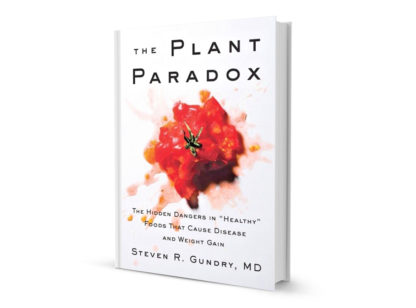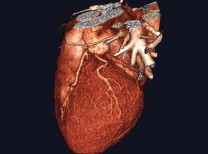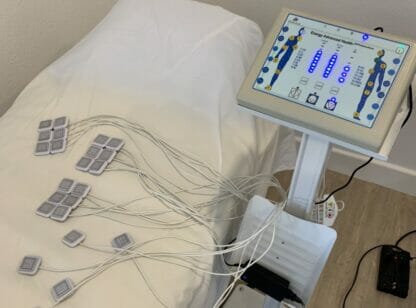Authors Leroy Hood, MD and Nathan Price have a bold vision for the future of health care in their new book The Age of Scientific Wellness (2023). They see the future moving away from a disease-oriented system to one based on the “science of wellness.” The tools to do this are available today, and they believe this transformation is inevitable. The main thing holding us back is the four trillion dollar industry that supports and profits from treating disease.
In their Harvard University Press book, Hood and Price describe scientific wellness with four Ps: predictive, preventive, personalized and participatory. They predict that with much more personalized information in hand, people will take charge of their own health supported by advice and coaching from a team of health professionals.
“The tools of scientific wellness – knowing your genome and how you manifest those genes – are the key to disease prevention and are here today. If more people practice these proactive measures, health systems will be forced to take notice and begin the transformational change.”
— Joseph E. Scherger, MD. MPH
The authors state that the first step in scientific wellness is to know your genome. Getting genetic testing is already easy and affordable today. I chose 23andMe and continue to learn about my risks through the continued testing they offer. I found out that, like Dr. Hood, I have one ApoE4 gene that increases my risk for dementia. With two genes, I would be high risk, but even one gene increases the risk.
Your genes are not your destiny, however. As is commonly said, your genes load the gun, but your behavior pulls the trigger. Focused efforts to avoid dementia through healthy diet, regular exercise and other beneficial lifestyle choices can decrease – and even eliminate – those risks. This is called epigenetics, or the impact of your environment on your genes.
The second step is to know your phenome, or how you manifest with your genes. While your chronological age is fixed and increases over time, your phenotypic age can go up and down based on how you live. Knowing your phenome is the most important step in guiding scientific wellness and is measured in several ways. At our office we measure body composition to identify muscle mass and body fat, especially in your gut known as visceral fat. Elevated visceral fat results in many risk factors for poor health such as insulin resistance and chronic inflammation (see page 1).
Complete laboratory testing also enables you to know your phenome. Other phenotypic factors include your fitness level, how you sleep, stress levels and measurements of your mood and happiness. Once the phenotypic information is benchmarked at any point in time, the third and final step in scientific wellness is to develop an action plan to improve your wellness.
Hood and Price embrace the work of others not always respected in traditional scientific circles such as Dale Bredesen, MD author of The End of Alzheimer’s (2020) and a range of functional medicine practitioners.
Putting their theories into practice, Hood founded the Seattle-based Institute for Systems Biology. In their book, the authors describe efforts to set up a health system based on scientific wellness, and while these efforts have not yet been successful in medical practice, they remain optimistic about this projected transformation.
If more and more people vote with their feet and practice scientific wellness today, health systems will be forced to take notice and begin the transformational change.
Dr. Scherger is founder of Restore Health Disease Reversal in Indian Wells, a clinic dedicated to weight loss and reversing chronic medical conditions. To schedule a consultation, call (760) 898.9663 or visit www.restorehealth.me.

















































Comments (0)